Imagine a creature so loyal to its community that it would willingly blow itself apart to protect its family. This is not a scene from a science fiction movie, but a reality buried deep within the jungles of Southeast Asia. Some bees and ants have evolved a bizarre, almost unbelievable defense: self-destruction. These tiny heroes detonate themselves—turning their bodies into living bombs—for the greater good. It’s a shocking strategy that stirs both fascination and wonder, raising a powerful question: What drives an insect to sacrifice its own life in such a dramatic way?
The Astonishing World of Exploding Insects
Few people realize that nature is home to insects capable of suicide missions. “Autothysis” is the scientific term for this explosive self-sacrifice, and it’s most famously found in certain ant and bee species. When under attack, these insects rupture their own bodies, releasing toxic or sticky substances to ward off predators. This act isn’t just rare—it’s astonishingly unique among living creatures. The fact that evolution has shaped such a drastic defense mechanism shows just how high the stakes are in the insect world.
Colobopsis Explodens: The Bombardier of the Jungle
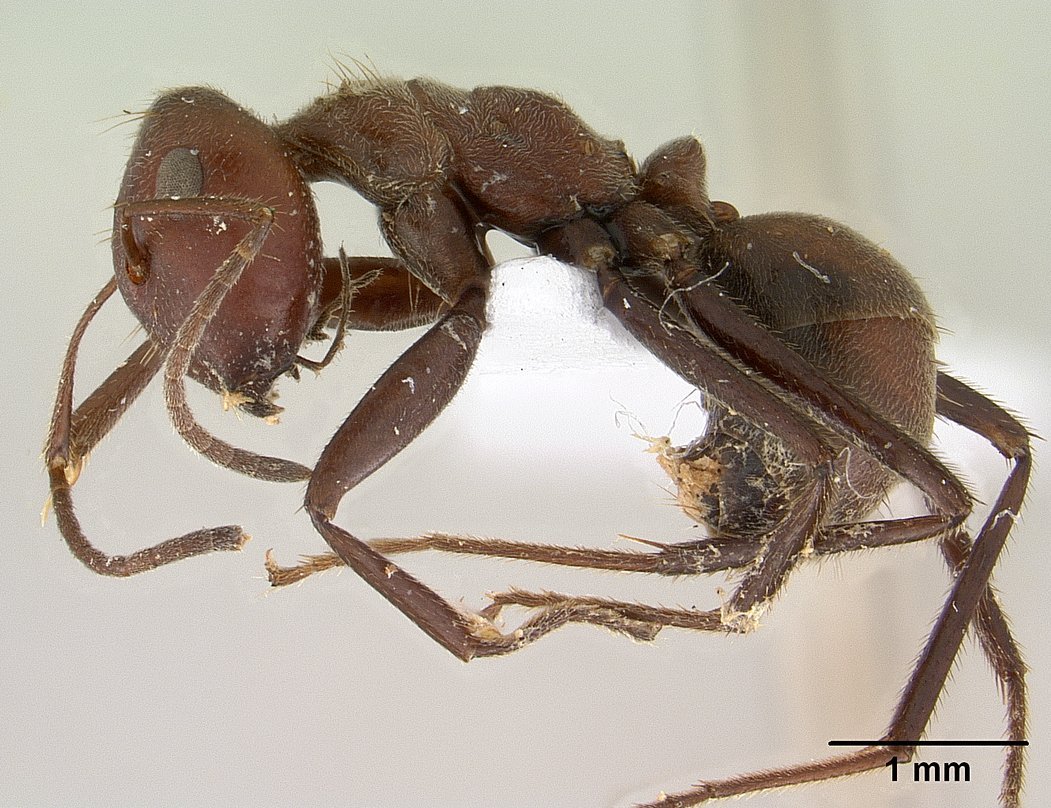
Among the stars of self-destructing insects are the Colobopsis explodens, a species of carpenter ant discovered in Southeast Asia. These ants have specialized workers with enlarged glands packed with yellow, sticky goo. When a threat looms, the ant contracts its muscles so forcefully that its exoskeleton bursts, spraying the attacker with this toxic, immobilizing glue. The sacrifice is instant and fatal. Yet, by giving up its life, the ant can save the entire colony from destruction.
The Science of Autothysis: How Exploding Insects Work
Autothysis isn’t random—it’s a finely tuned biological process. In ants and bees that self-destruct, certain workers are equipped with oversized glands filled with defensive chemicals. Under threat, muscle contractions rupture these glands, causing the insect’s body to burst. The explosion releases substances that can paralyze, kill, or trap invaders. It’s nature’s version of a last-ditch grenade—one that is only ever used when all other options fail.
The Ultimate Team Players: Altruism in the Insect World
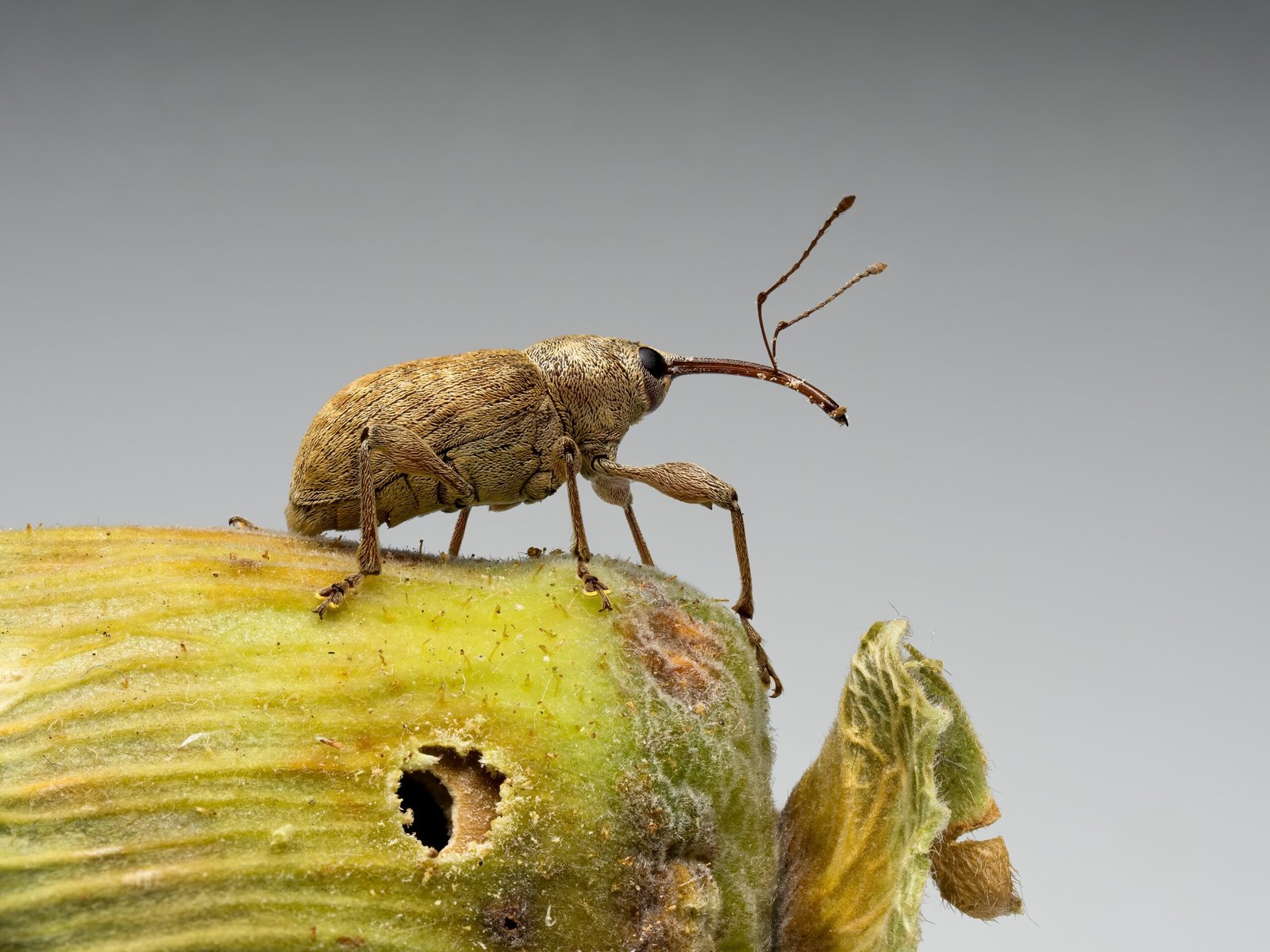
What makes these insects’ behavior so extraordinary is the selflessness involved. The individuals who explode are often sterile workers with no hope of reproduction. Instead, their entire existence revolves around supporting the queen and her offspring. By sacrificing themselves, they ensure the survival of their genetic relatives. This is a living example of “kin selection,” where the good of the group comes before the individual—a concept that challenges how we think about heroism and self-sacrifice.
Sticky Traps and Toxic Blasts: Chemical Warfare in Miniature
The chemicals released in these explosions aren’t just messy—they’re deadly. In some species, the sticky goo acts like superglue, trapping invaders so they can’t move. In others, the substances are highly toxic, burning or poisoning predators. The composition of the explosion is so effective that even much larger animals, like spiders or lizards, are deterred from attacking these colonies. It’s chemical warfare on a scale so small, it’s almost invisible to the naked eye.
Not Just Ants: Other Exploding Insects
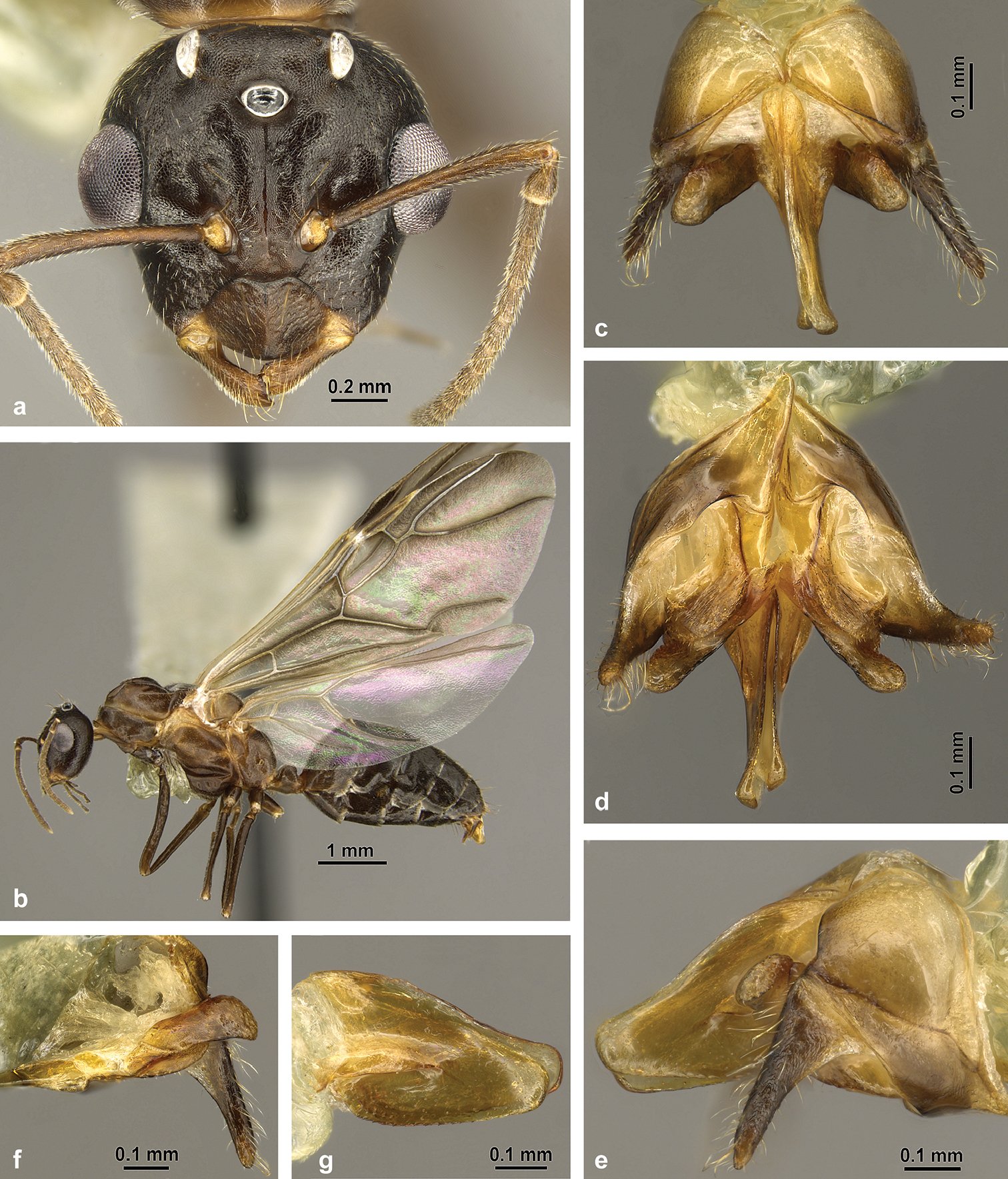
While ants like Colobopsis explodens are the most famous, they aren’t alone. Some termites also use autothysis, with older warriors deploying blue, viscous secretions to stop enemies in their tracks. Even a few bee species have been observed rupturing their abdomens to release alarm pheromones or sticky substances during hive invasions. These acts of self-sacrifice show that the strategy has evolved independently in different insect groups—a testament to its effectiveness.
Why Explode? The Evolutionary Gamble
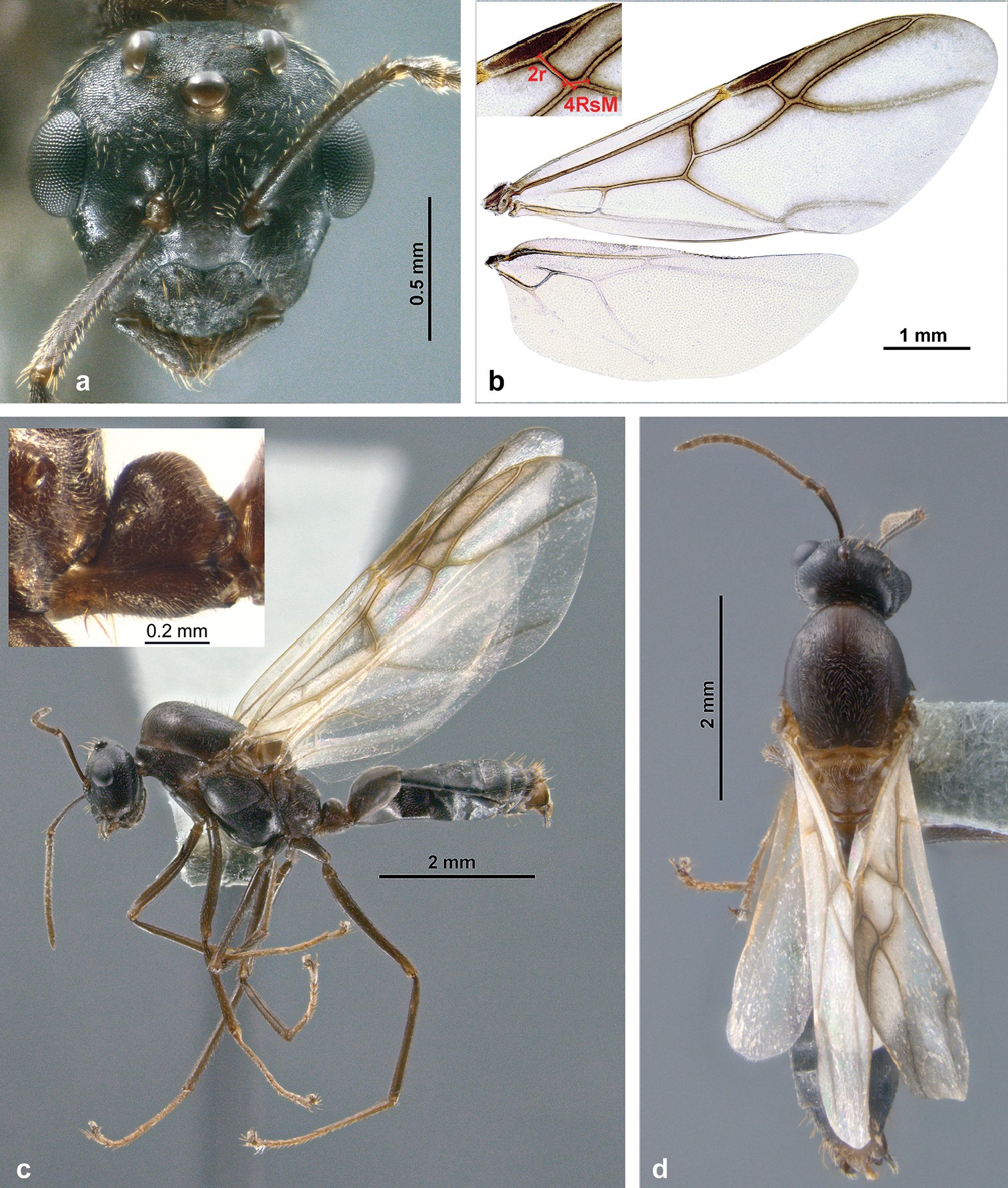
It may seem counterintuitive for evolution to favor an animal that kills itself, but in social insects, it makes perfect sense. Colonies function as superorganisms, where the life of one worker is expendable compared to the survival of the whole. When predators threaten the nest, a single sacrifice can stop an invasion that would otherwise destroy thousands. Over generations, natural selection has favored insects willing to give it all for their colony, reinforcing this dramatic behavior.
Real-Life Battles: When Insects Go to War
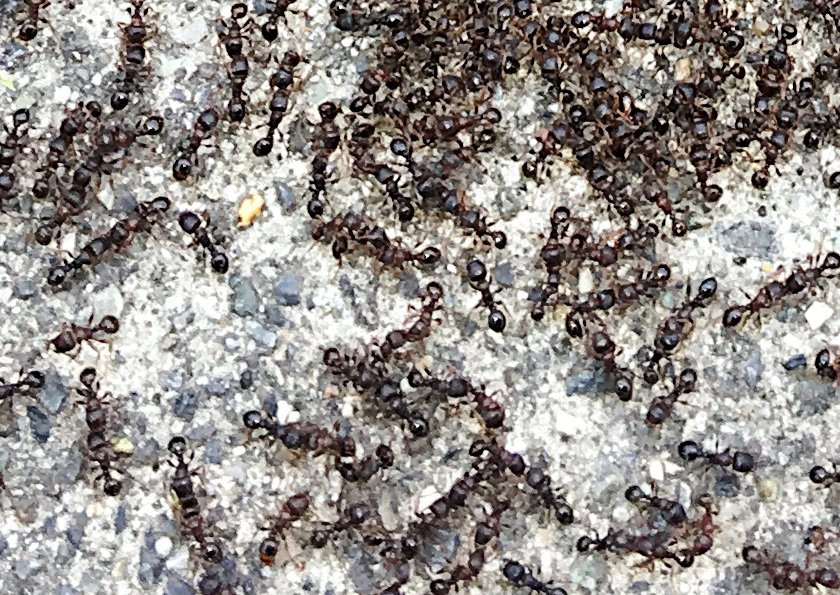
The explosive tactics of these insects come to life in the heat of battle. Imagine a line of ants marching to defend their home, only to be ambushed by rival insects or predators. At the front, specialized “bombers” throw themselves at the enemy, bursting with a pop and leaving behind a sticky, toxic mess. The attackers are stunned or glued to the spot, giving their colony time to regroup or escape. These desperate acts often decide the fate of entire colonies in the wild.
What We Can Learn from Exploding Insects
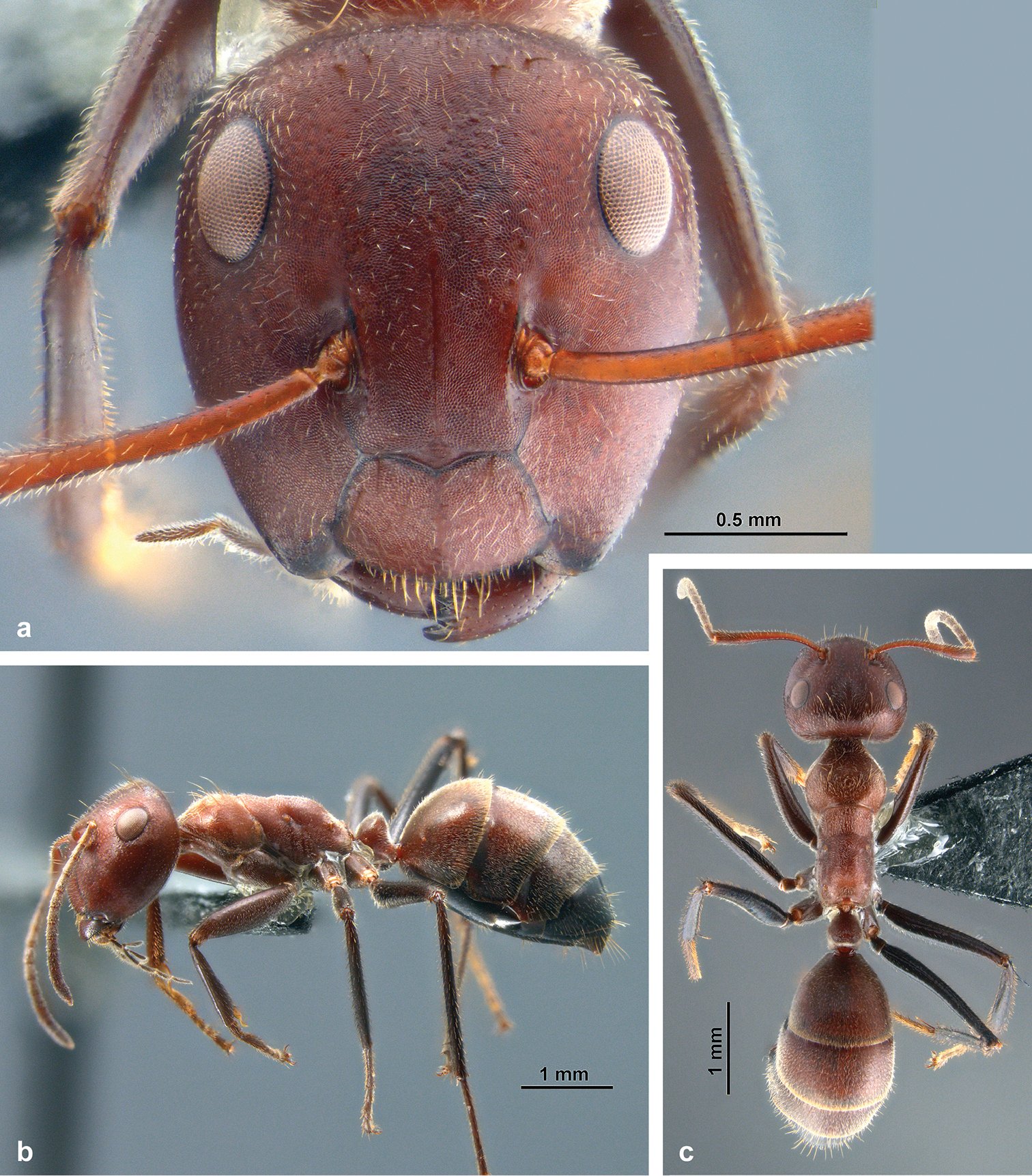
The story of self-destructing insects isn’t just a curiosity—it’s a powerful lesson in the extremes of cooperation. These creatures show us that survival sometimes demands extraordinary sacrifices, and that the needs of the many can outweigh the needs of the few. Their lives are a reminder that even the smallest beings can possess an astonishing sense of duty and courage. Scientists are now studying autothysis for inspiration in robotics, medicine, and even military technology, searching for ways nature’s designs can help humans solve complex problems.
The Future of Exploding Insects: Mystery and Discovery
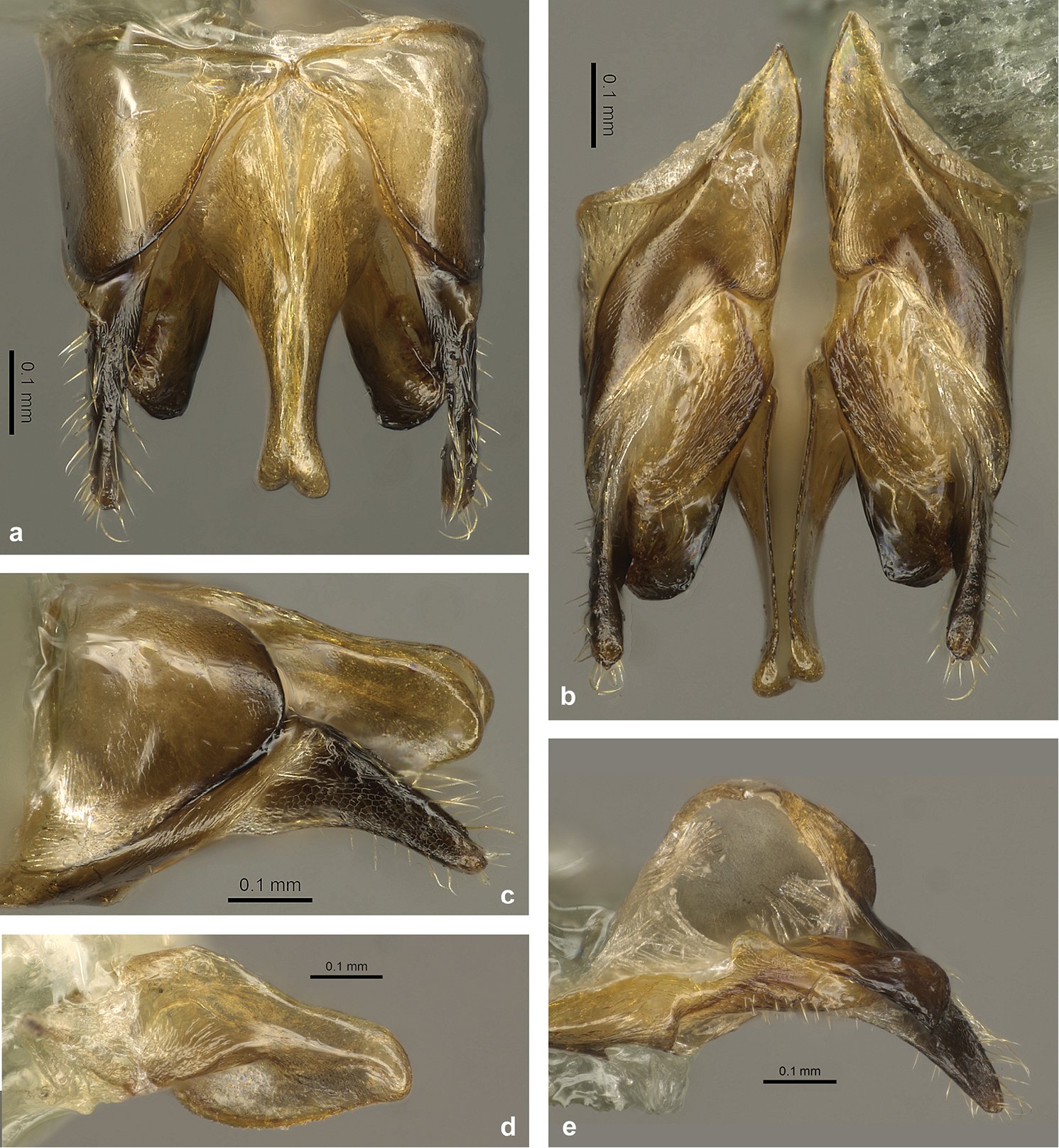
Despite years of study, much about these insects remains mysterious. How do they know when to explode? What triggers their self-destruct sequence? Researchers are racing to unlock these secrets, hoping to better understand not just insects, but the very nature of sacrifice and survival. With new discoveries still being made, the world of self-destructing bees and ants continues to captivate and inspire. Their explosive defenses remind us that nature is full of surprises—some so dramatic, they seem almost unbelievable.




